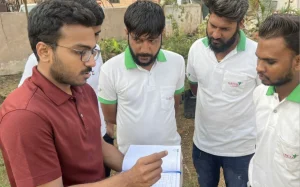What can I do to live sustainably every day?

Living sustainably has gained significant attention in recent years as a growing trend. But why is it important to discuss sustainable living and its benefits? The answer lies in our collective responsibility to protect the environment and ensure a better future for generations to come.
Before diving into the practical steps for sustainable living, let’s address some commonly asked questions on sustainability.
Commonly asked questions around sustainability
What is sustainability?
According to the United Nations, sustainability is defined as “meeting the needs of the present without compromising the ability of future generations to meet their own needs.” It encompasses the responsible use of resources, conservation efforts, and mindful decision-making.
What is sustainable development?
Sustainable development (SD) refers to achieving long-term stability in both the economy and the environment. It requires incorporating economic, environmental, and social considerations into decision-making processes.
How to be more sustainable in life?
Embracing sustainability is a personal choice, and there are various ways to incorporate it into our daily lives. Sustainable living can be defined differently by different individuals, whether it’s adopting a minimalist lifestyle, prioritising long-term benefits, or making conscious choices to reduce our environmental impact.
Do you know? The world is no longer making progress on Sustainable Development Goals (SDGs) for the second year in a row. Check out the details here: https://dashboards.sdgindex.org/chapters/executive-summary

So now that we are aware, let’s explore practical ways to incorporate sustainability into our everyday lives:
Discover products and services in sustainability
Have a look at the products and services available near you
Sustainability in personal lives

Making sustainable choices in our personal lives can be as simple as embracing traditional practices or utilising technology wisely. Taking that crucial first step toward sustainability is essential, and as we progress, we inspire others to join us on this journey.
To make it easier for you to take the first step towards sustainability, here are some simple ways to live a more sustainable life:
1. Replace your plastic toothbrush

Start your day sustainably by switching to a bamboo toothbrush. Plastic toothbrushes contribute to the 4.7 billion kilograms of plastic waste that ends up in landfills each year. By using a bamboo toothbrush made from a naturally occurring material, you can significantly reduce your environmental footprint.
Pro tip: Don’t throw away your plastic toothbrush; repurpose it for other uses to extend its functionality. Read about the complete Life Cycle of a toothbrush.
Did you know that plastic toothbrushes live longer than humans? Yes, they do. When you use a plastic toothbrush, you’re contributing to the 4.7 billion kgs that end up in landfills every year.
2. Use more natural resources
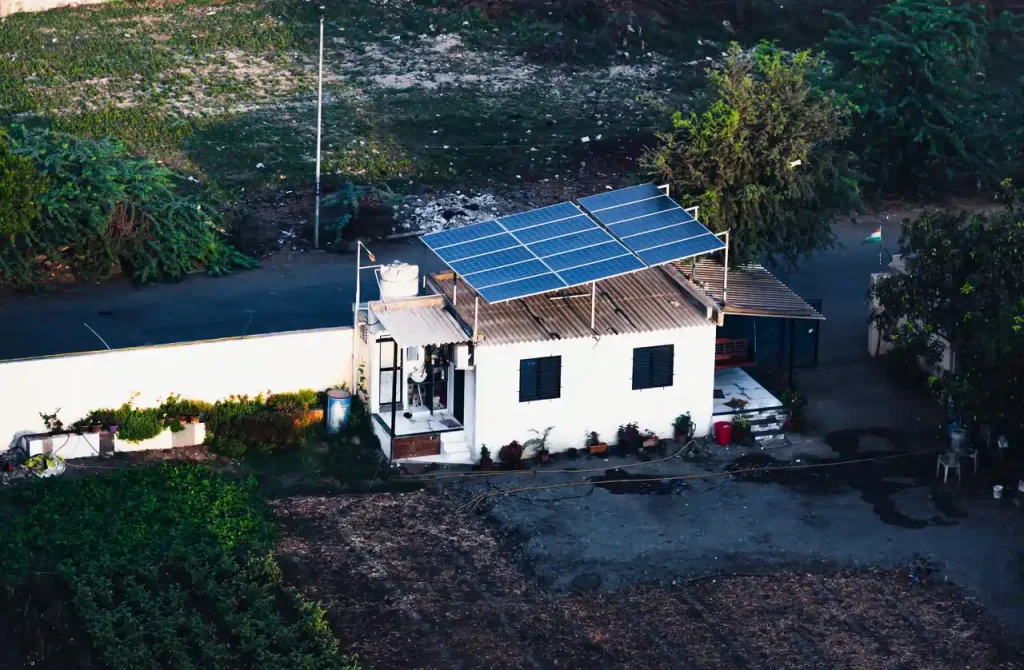
Harness the power of natural resources by making thoughtful choices. Opt for a well-naturally-lit space when searching to buy a new home. Composting your food waste and utilizing it for home gardening are a few ways to kick-start this journey.
Installing rainwater harvesting and solar system has become increasingly popular, and people have started seeing results. Having access to clean water and grid-free electricity is quite empowering and pocket friendly.
Did you know? 1 megawatt-hour (MWh) of solar energy results in the offset of 0.5 to 1 tonne of carbon dioxide.
3. Do Composting at home
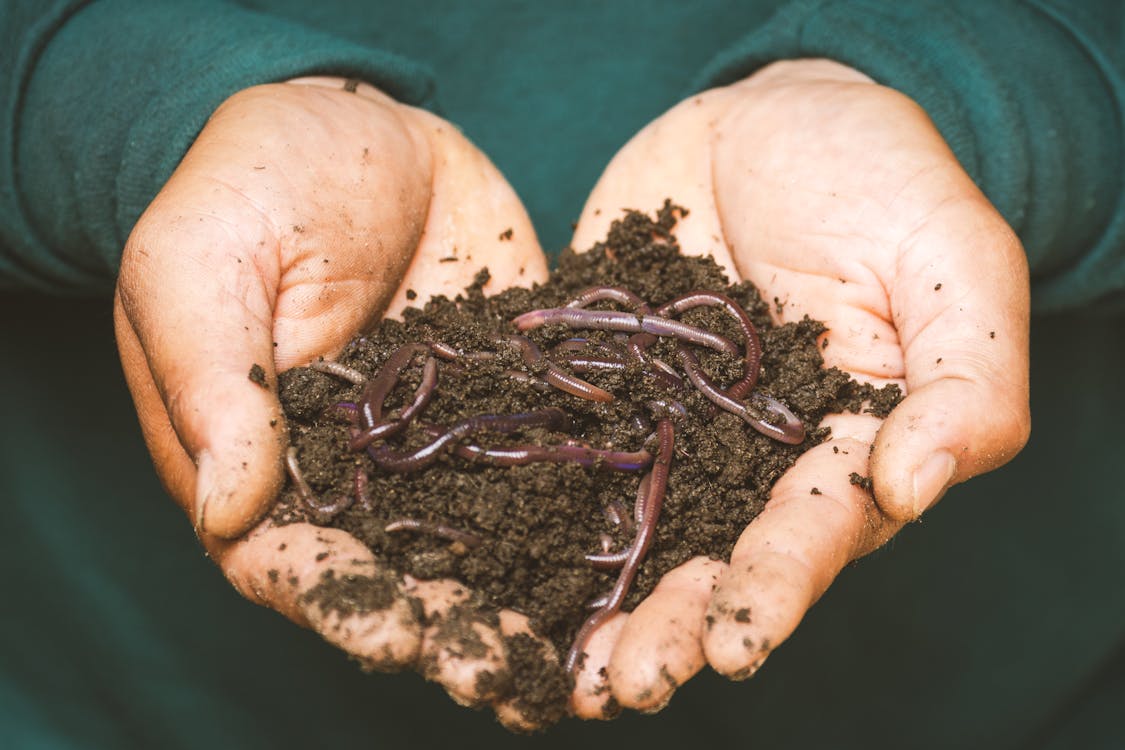
If you’re an environmentalist at heart, you already know the importance of composting. Instead of throwing compostables in the trash, start composting at home. Food waste that is not recycled may be disposed off in landfills, where it rots and releases methane, a destructive greenhouse gas 25 times more powerful than carbon dioxide.
To know more about composting, read our beginner’s guide to composting here.
Once you get the hang of composting and its benefits, there is no going back. Composting creates a rich, dense black gold, aka compost which goes back to the soil and improves soil health.
4. Reduce food waste

Reducing food waste is an essential step towards sustainable living. When you throw away food, you not only waste resources but also contribute to greenhouse gas emissions that accelerate climate change.
To reduce food waste, plan your meals and buy only what you need. Store food properly to extend its shelf life, and use leftovers creatively to avoid throwing them away. You can also compost food scraps to create nutrient-rich soil for your garden.
5. Practicing Reusing, recycling, repurposing and minimalism

We bet you must have heard about the 3R’s all your life. Reduce, Reuse and Recycle.
Reducing is the act of living minimally and following mindful consumption practices. The idea is not to ‘get rid of things’ but to simply lead an ‘uncomplicated and sustainable life’ away from consumerism. This includes thinking before you buy and decluttering stuff you no longer need.
Reusing and recycling has been preached since a very long time. Some common ways of reusing and recycling are:
- Reuse old plastic bags instead of throwing or buying new ones.
- Purchase recycled products.
- Investing in second hand or thrift products.
- Using cloth diapers instead of one-time use diapers.
- Start recycling paper.
- Using reusable napkins instead of paper tissues.
- Reuse, donate or recycle electronic waste.
6. Use smart technologies
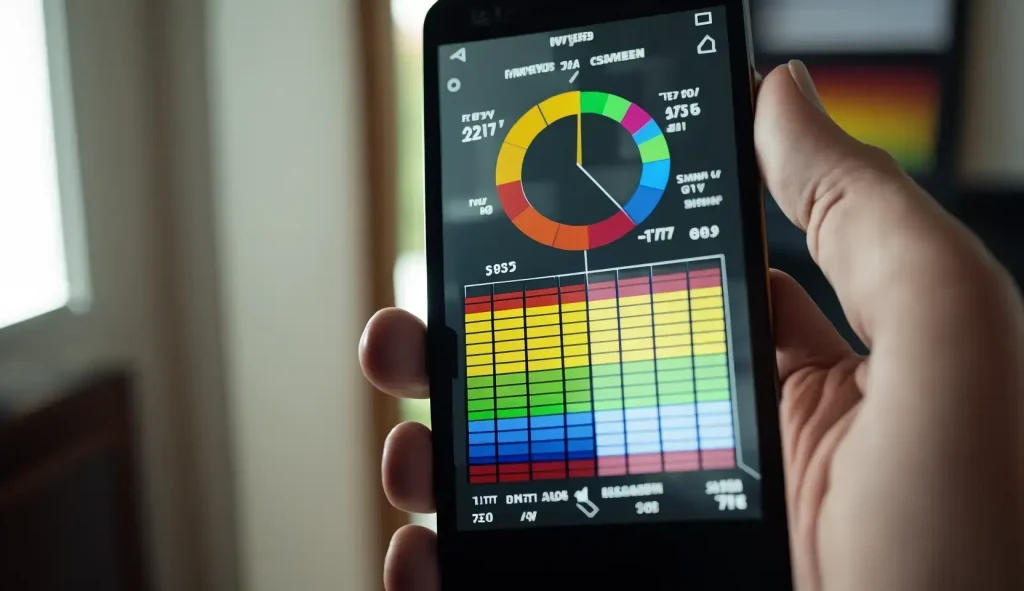
The smartest way to use resources in 2022 is to use renewable energy sustainably. This could be done by investing in photovoltaic solar panels, hydropower or hybrid electric systems. Other smart choices include motor-sensitive lights, smart thermostats and energy-conserving efficient appliances.
Sustainability in professional lives

If you’re working a 9 to 5 or operating your own business, you know how work takes half of your life. To have a sustainable life, one needs to focus on how they can bring sustainability to their work life.
1. Track your paper consumption

Did you know that the annual global production of paper and cardboard exceeds 400 million metric tons?
Paper industries are not only harmful to our trees but also to our water bodies. Even with the increasing use of technology, paper is still being used for a variety of reasons. Read more about who pays the actual price of paper consumption here.
The first step towards reducing paper dependency is tracking your paper usage in your daily life. Secondly, opt for small changes like receiving digital notices and letters or saying no to paper receipts. Thirdly, look for paper recyclers and tie them up with your organization.
2. Travel green

Do you know Amsterdammers travel 2 million km each day by cycle? That is a lot. Thanks to Netherlands’ urban planning and government policies.
Not every one of us is fortunate enough to live in such places. Cycling is one of the most sustainable ways of travelling after walking. If you can’t cycle to work, make sure you are using other green ways of travelling. One of the most accessible ones includes taking a means of public transport. Then, using a carpool and lastly using an electric vehicle. These choices help you get one step closer to your sustainable goals.
3. Encourage remote work

After the lockdown of 2020, many companies have shifted their processes from working from the office to working from home. This not only saves the company’s expenses but also does a great favor for the environment by reducing travel, emissions, energy, and environmental damage and saving up on costs. This might not work for everyone, but many pieces of research have proved how hybrid work processes are becoming eco-friendly and sustainable.
4. Say no to plastic water bottles and plastic cutlery

If your workplace still uses plastic water bottles and cutlery, it’s time you get their attention to the price they have to pay for it. Plastic is not only sustainably degrading but one-time use plastic is a menace to the environment. At a personal level, one can carry their own bottles to their office instead of buying packaged water bottles. Secondly, investing in metal or reusable cutlery is beneficial for both the environment and the organization.
5. Use reusable coffee/tea mugs

Are you one of us who can’t sustain your day without coffee or tea? Do you use plastic or paper cups every time you make that coffee run to the pantry? It’s time you invest in a reusable coffee mug for your coffee/tea runs. No matter if your pantry keeps paper cups or plastic, reusing is the better option.
Sustainability at a macro level
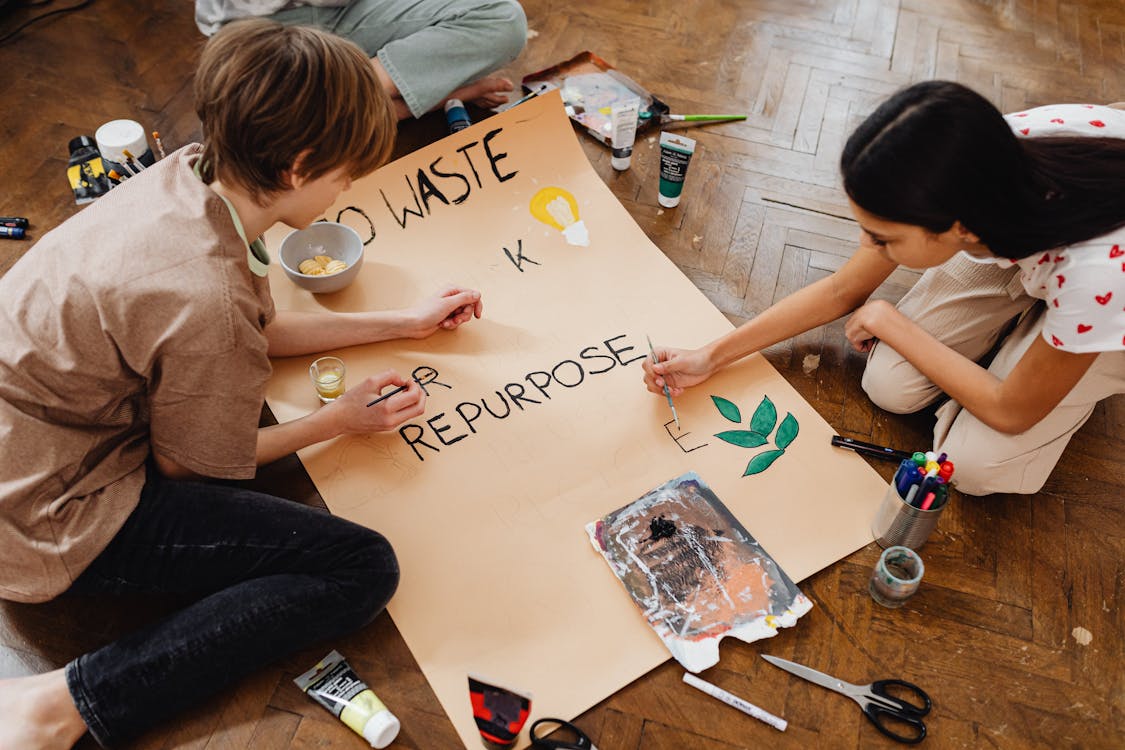
Taking small steps and conscious choices at personal and professional level is a great start towards a sustainable life. However, to root for a bigger change, we need to work for sustainability at a macro level. This includes talking and taking action for sustainability in your social life, society, city or at a national level. Here are some ways in which you can participate sustainability at a macro level.
1. Grow more trees
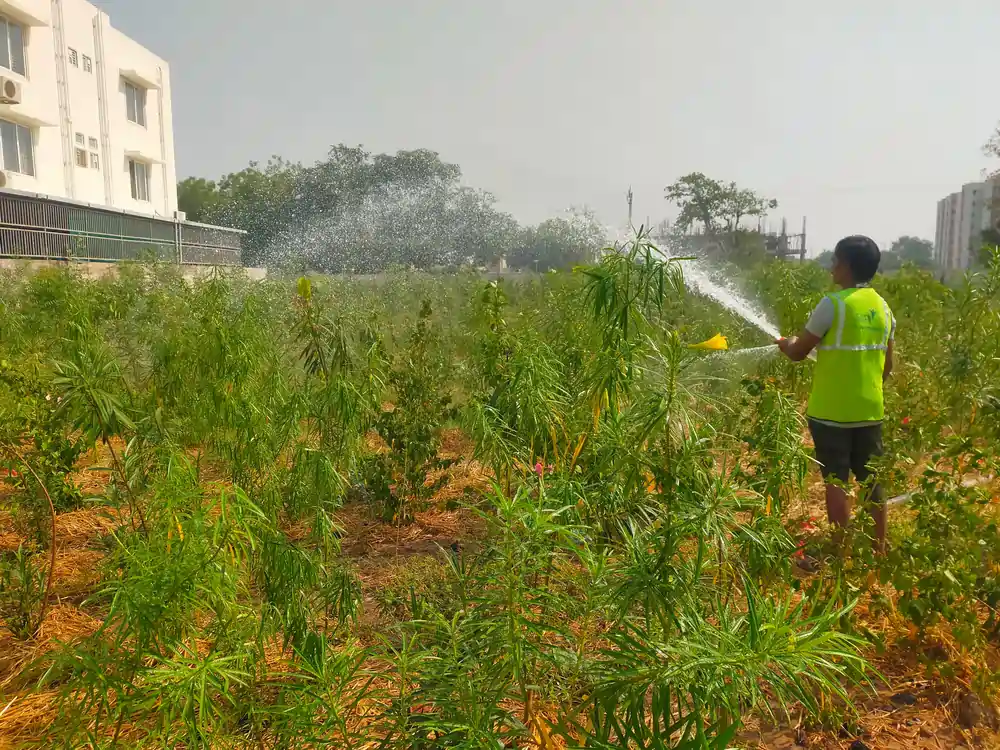
Afforestation has been preached about since school days. However, people like Shyam Sunder Paliwal took growing trees to another level.
Shri Shyam Sunder Paliwal is a 58-year-old visionary who lives in the village of Piplantri in the Rajmanda district of Udaipur, Rajasthan. He was recently awarded with a Padma Shri award for his efforts. With his increased involvement and humanitarian approach, he tackled three of the most prevalent problems in the most efficient way. Saving the girl child, growing more trees and reviving water. The same village which used to kill girl child callously is the same village which now plants 111 trees on the birth of every girl child.
Personal initiatives, like Shri Shyam Sundar Paliwal’s transformation of Piplantri village in Rajasthan, shows how an motivated individual can revive ecosystem and social-systems by growing more trees. We can also connect with impactful NGOs like CatchFoundation, 14 Trees, and many more reviving the green cover in our city and states.
2. Eat less meat

Meat consumption is one of the greatest environmental threats to the planet, according to the Union of Concerned Scientists. More greenhouse gases are produced globally by animal husbandry than by all global transportation systems put together.
Not only it’s a big human right issue, but the meat industry is playing a big role in deforestation, the killing of animals and ultimately climate change. Eating less meat and spreading awareness about the realities of the industry is a major step ahead in a sustainable life.
3. Make sustainable fashion choices

Fashion industry is another major contributor to environmental damage. Producing clothes uses loads od freshwater, produces emission and takes up more energy than shipping and aviation combined. While researches are working on how to develop more environmentally friendly clothes, one can do their part by:
- Thinking before buying
- Not falling into trends
- Thrifting
- Donating
- Reusing
- Buying clothes which are made sustainably
- Be aware of greenwashing
5. Use your votes wisely

Lastly, to create a macro level change, be it in the urban planning or at a national level, citizens need to realize the power they hold. With increasing education levels and awareness, citizens are cognizant about how electing the right leader is important. Citizens also hold the power to form alliances and groups to promote and implement sustainability laws which have a direct impact on our future. Encouraging students and entrepreneurs to take up green initiatives is another step ahead.

“The greatest threat to our planet is the belief that someone else will save it”
As said correctly, each and every human is capable of making an impact. This impact could be in terms of making sustainable choices or fighting for the rights of our future generations. The only blind spot is waiting for someone else to make that impact when each and every human is capable of doing that themselves.
